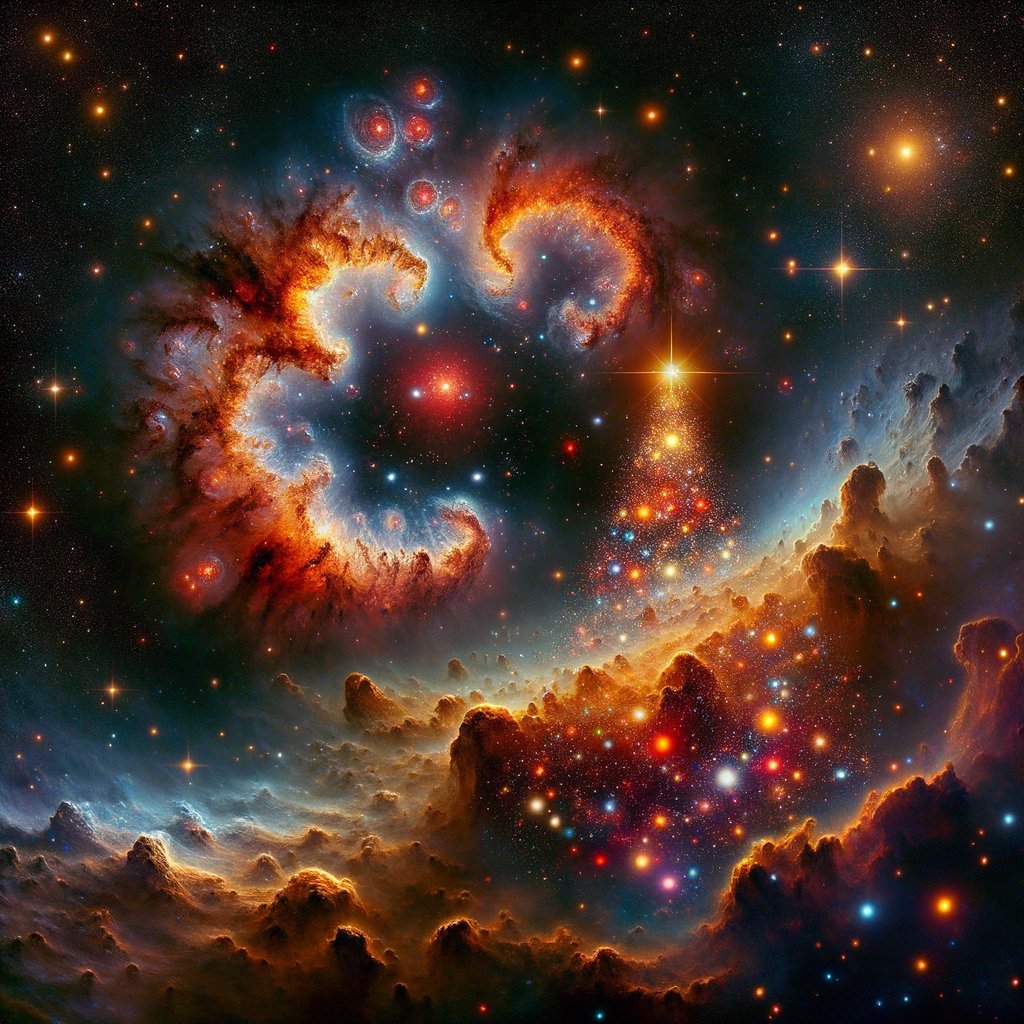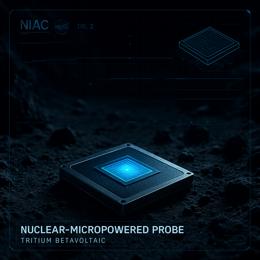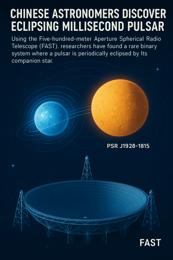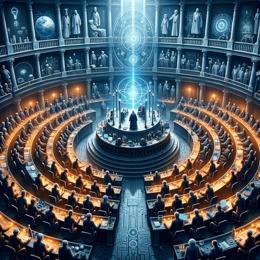Image created by AI
NASA's Cosmic Celebrations: Stellar Wreaths and Christmas Trees Illuminate the Universe
The universe often mirrors images we’re accustomed to in our Earthly traditions, presenting formations that spark the imagination and deepen our understanding of celestial mechanics. NASA's recent observations have provided mesmerizing images of cosmic formations resembling a holiday wreath and a glowing Christmas tree.
Situated on the periphery of the Small Magellanic Cloud, approximately 200,000 light-years away, the star cluster NGC 602 offers a celestial spectacle reminiscent of a festive wreath. This cluster is particularly intriguing to astronomers due to its primitive makeup which closely resembles the early universe's stellar environments, billions of years ago. Unlike the Sun, the stars in NGC 602 contain fewer heavy elements, providing a glimpse into the chemical conditions prevalent during earlier cosmic epochs.
The vivid imagery of NGC 602 was achieved through a synthesis of data from NASA’s Chandra X-ray Observatory and a visually striking image from the James Webb Space Telescope. The latter shows the wreath in darker tones—ranging from orange to blue—outlined against the cosmos, signifying dense dust clouds. Meanwhile, the red hues in the Chandra Observatory’s X-rays depict massive, young stars within the cluster. These stars emit powerful winds that generate high-energy X-rays, contributing to the cluster's luminescence visible in interstellar space.
In a related celestial presentation, the newly captured image of the "Christmas tree cluster," or NGC 2264, reveals another young cluster of stars, but at a much closer distance of about 2,500 light-years from Earth. The age of the stars in this cluster range from one to five million years—considerably young when contrasted with our five billion-year-old Sun. The data for this cluster combines stunning X-ray imagery from Chandra with optical observations taken by astrophotographer Michael Clow in Arizona.
These clusters are not just visually stimulating but are crucial for understanding stellar evolution. Young, energetic star formations like those in NGC 602 and NGC 2264 provide astronomers valuable information about the birth and life-cycle of stars in conditions that emulate the earlier universe.
The Chandra X-ray Observatory, a pivotal tool in these discoveries, is managed by the Marshall Space Flight Center in Huntsville, Alabama. Science operations for this potent observatory are coordinated by the Smithsonian Astrophysical Observatory's Chandra X-ray Center in Cambridge, Massachusetts, which also oversees the flight operations from Burlington, Massachusetts.
These observations by NASA not only augment our knowledge of the cosmos but also bring a touch of cosmic festivity to our scientific pursuits, binding the vast universe to our familiar terrestrial symbols.










